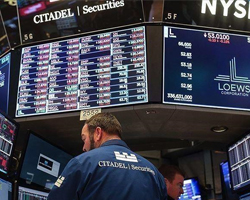S&P 500 Sees Biggest Gain Since February as Fed Holds Rates Steady, Hints at Possible Cut | Daily Market Analysis
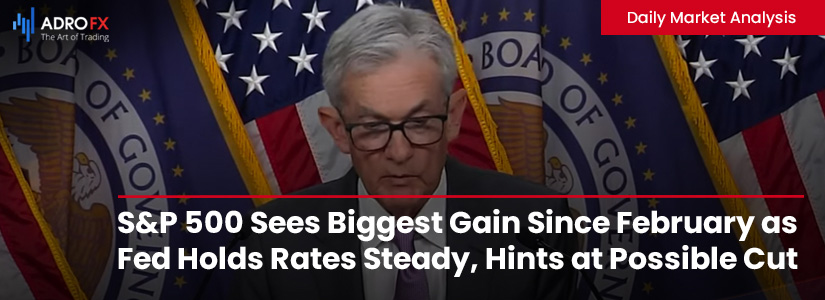
Key events:
- UK - BoE Interest Rate Decision (Aug)
- USA - Initial Jobless Claims
- USA - S&P Global US Manufacturing PMI (Jul)
- USA - ISM Manufacturing PMI (Jul)
- USA - ISM Manufacturing Prices (Jul)
The S&P 500 experienced its largest gain since February on Wednesday after the Federal Reserve decided to keep interest rates unchanged, hinting at a possible rate cut in September.
The S&P 500 climbed 1.5%, the Nasdaq 100 surged 2.6%, and the Dow Jones increased by 99 points, or 0.2%. Notable stock movements included NVIDIA Corporation, which soared nearly 13%, and Qualcomm Incorporated, which jumped 8%.
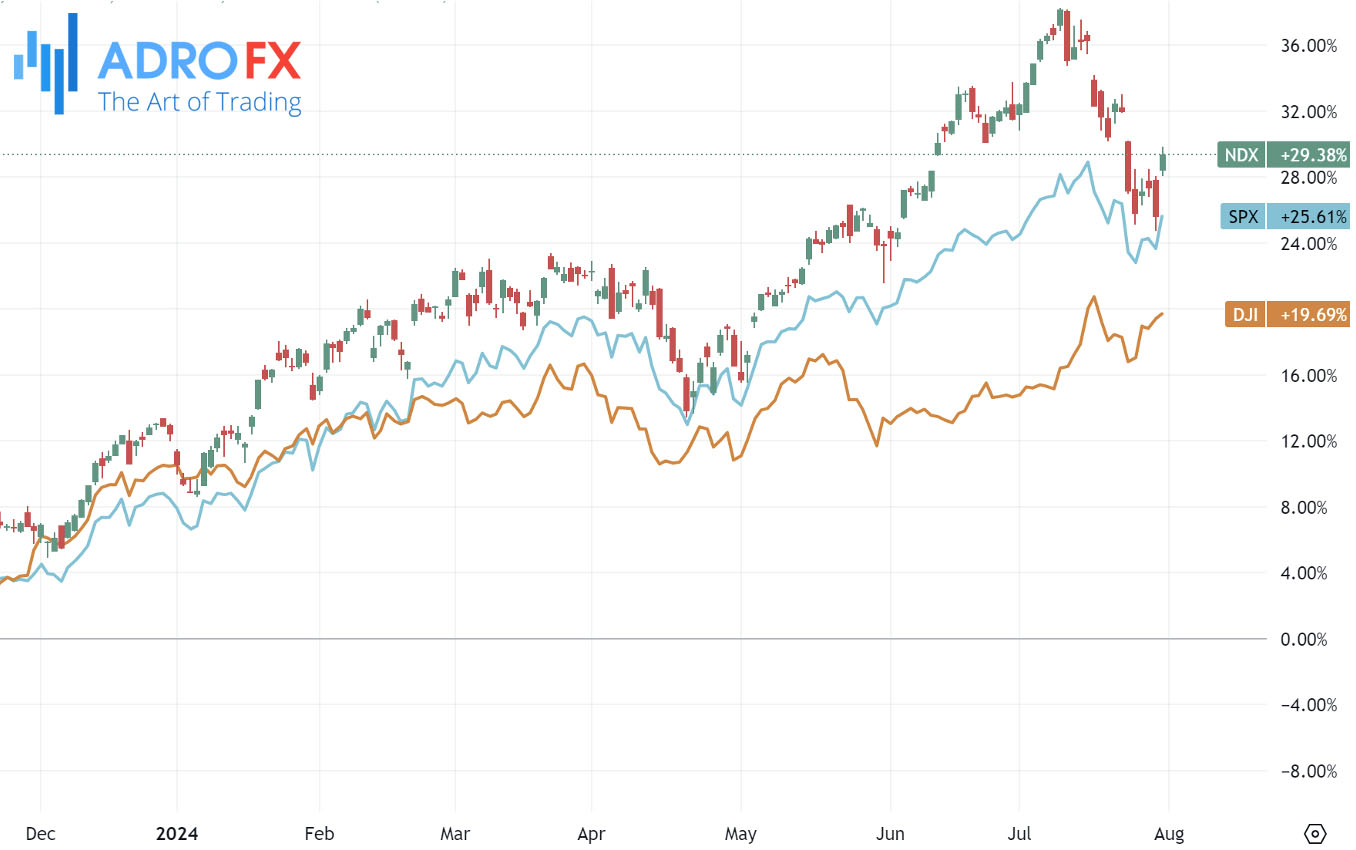
Microsoft saw its stock drop by 1% following a miss in fourth-quarter cloud revenue growth expectations. While the company’s overall earnings slightly surpassed estimates for the June quarter, Azure, its cloud business, reported a 29% revenue growth, falling short of the projected 30.2% and down from the previous quarter's 31%. This decline came despite a $5 billion increase in capital expenditure due to AI investments.
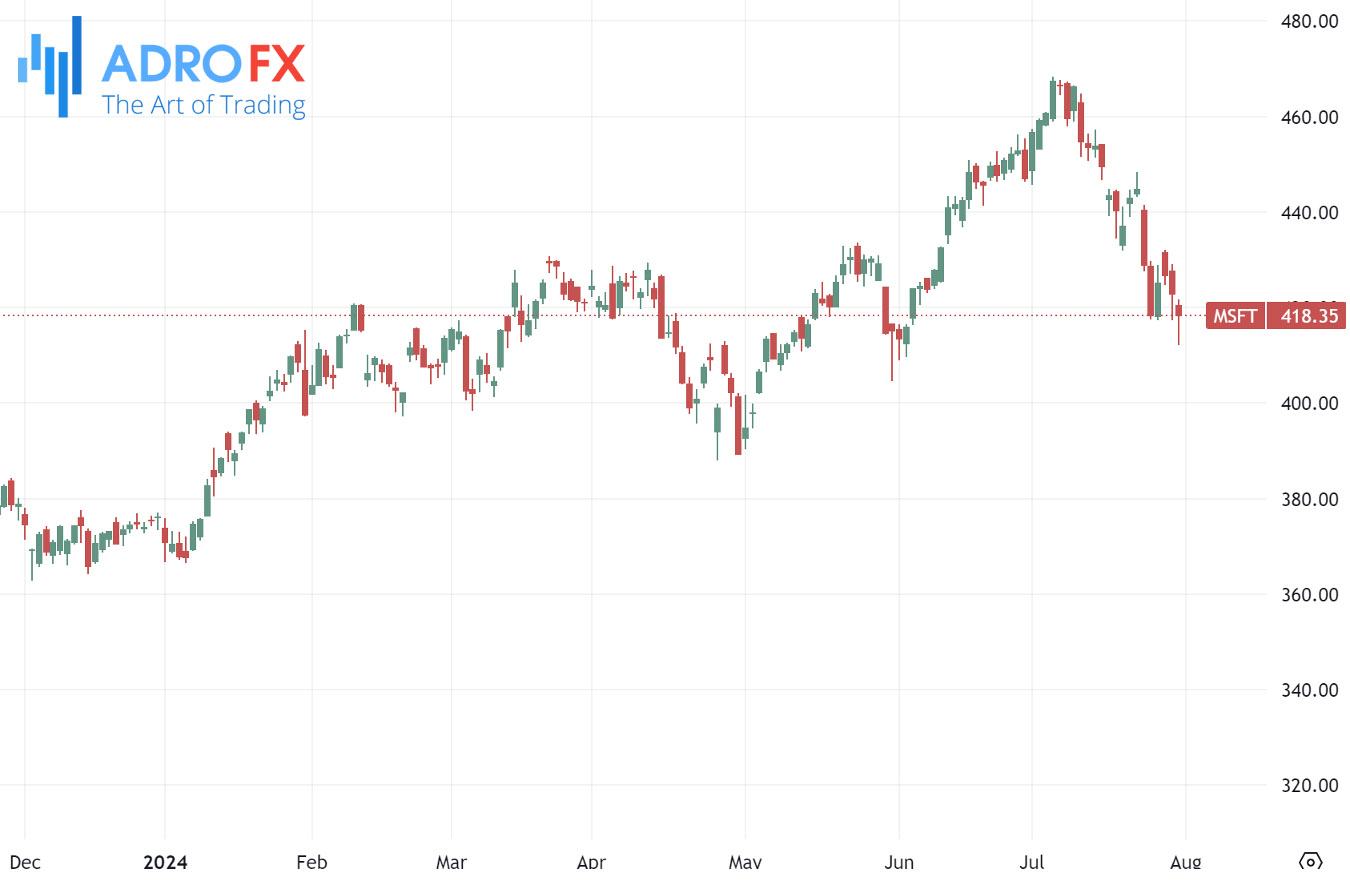
The EUR/USD pair rebounded to nearly 1.0835 during the Asian session on Thursday, buoyed by a weaker US Dollar following the Federal Reserve's interest rate decision. The highlight of Thursday will be the US ISM Manufacturing PMI data for July.
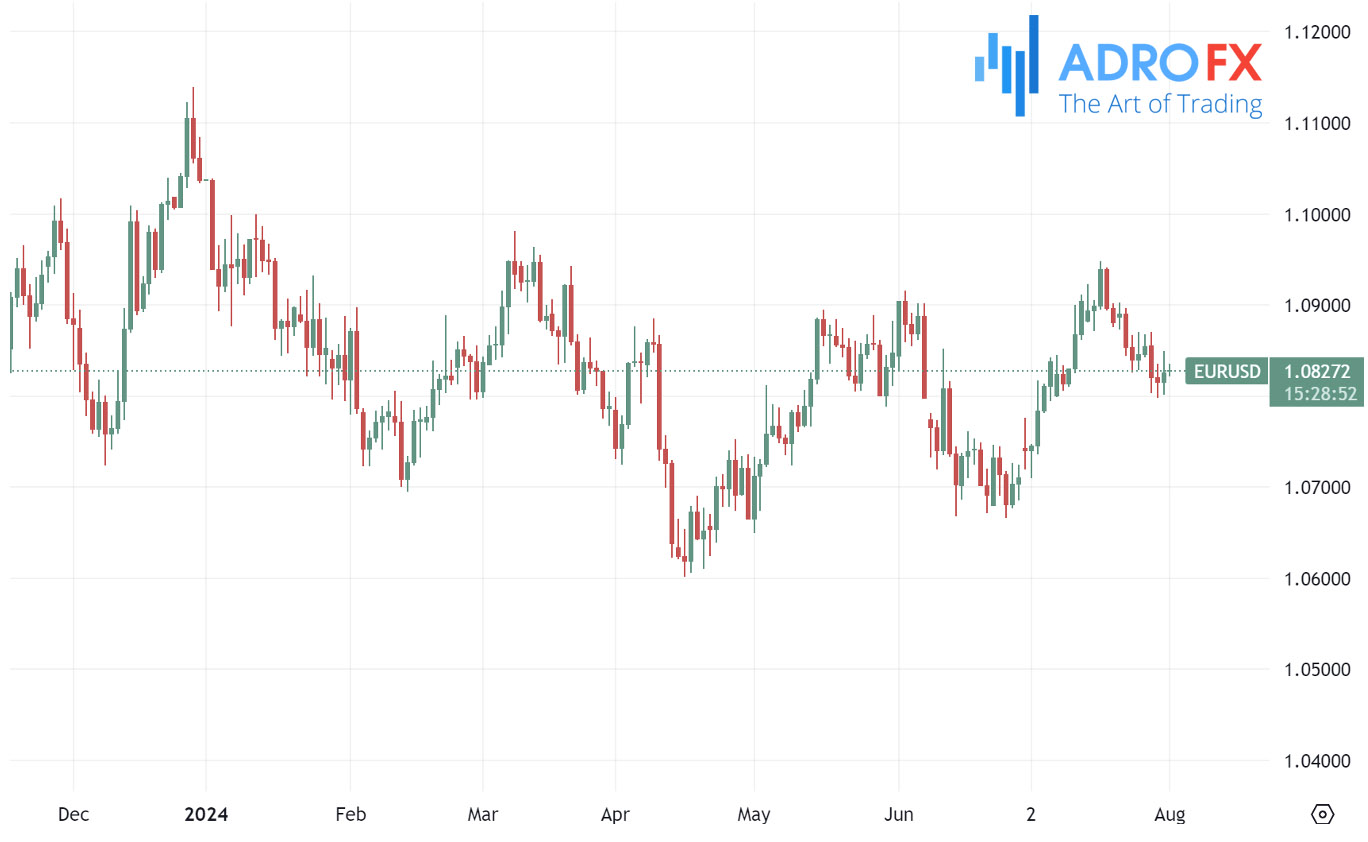
On Wednesday, the Federal Reserve maintained its benchmark interest rates in the range of 5.25%-5.50%, the highest in 23 years, as expected. The Fed funds rate has remained at this level since July 2023 as part of efforts to curb inflation. Fed Chair Jerome Powell indicated that a rate cut in September "could be on the table," putting selling pressure on the USD and providing a boost to EUR/USD.
Meanwhile, inflation in the eurozone increased in July, casting doubt on potential interest rate cuts by the European Central Bank in September. Eurostat's preliminary estimates showed the Harmonised Index of Consumer Prices in the Eurozone rose by 2.6% year-over-year in July, up from 2.5% in the previous month and exceeding the 2.4% forecast. This data has led to increased interest in the Euro as traders reassess the likelihood of ECB rate cuts in its upcoming September 14 meeting.
The Japanese Yen continued its upward trajectory against the US Dollar for the third consecutive session, hitting a four-month high of 148.50 on Thursday. This surge is attributed to the Bank of Japan's unexpectedly hawkish policy announcements.
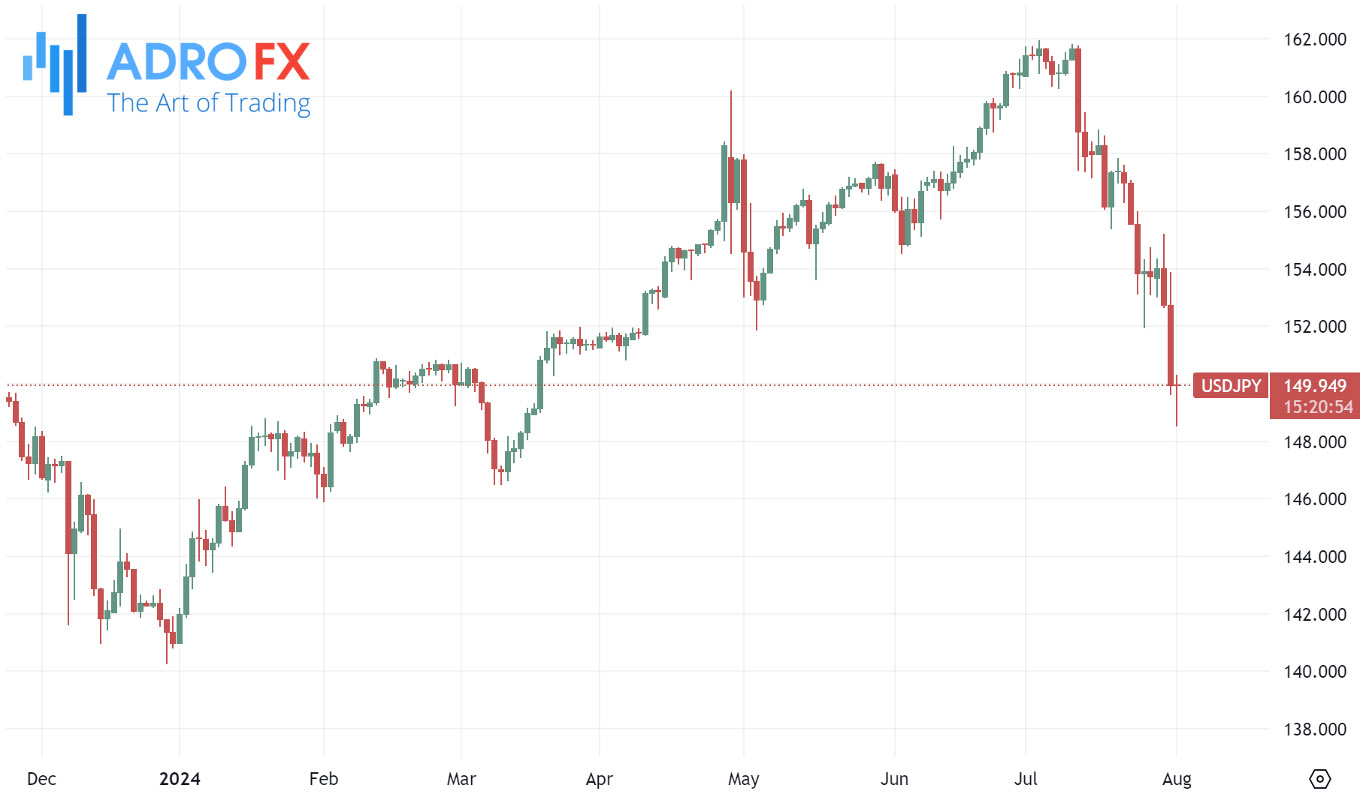
The BoJ increased its short-term rate target by 15 basis points, adjusting it to a range of 0.15%-0.25% from the previous 0%-0.1%. Additionally, the bank announced plans to reduce its Japanese government bond purchases to ¥3 trillion per month starting in the first quarter of 2026. According to Reuters, Japan’s Ministry of Finance confirmed suspicions of market intervention, revealing that officials spent ¥5.53 trillion ($36.8 billion) in July to stabilize the Yen, which had plunged to its lowest level in 38 years.
Meanwhile, the Australian Dollar edged lower against the US Dollar following the release of better-than-expected Trade Balance data on Thursday. The Australian Bureau of Statistics reported a trade surplus of 5,589 million for June, exceeding the anticipated 5,000 million but falling short of the previous figure of 5,773 million.

A recent inflation report has tempered expectations for another rate hike by the Reserve Bank of Australia at its policy meeting next week. Economists warn that additional interest rate hikes could hinder Australia’s economic recovery. Markets now see roughly a 50% chance of an RBA rate cut in November, much earlier than previous forecasts for a move in April next year, exerting pressure on the Australian Dollar.
China’s Caixin Manufacturing Purchasing Managers Index posted a reading of 49.8 for July, below the expected 51.5 and the previous 51.8. Given the close trade relationship between China and Australia, changes in the Chinese economy can significantly impact the Australian market.
The GBP/USD pair struggled to build on the previous day's post-FOMC gains and traded within a narrow range during the Asian session on Thursday. Spot prices hovered around the mid-1.2800s, remaining nearly unchanged as traders awaited the Bank of England policy update.
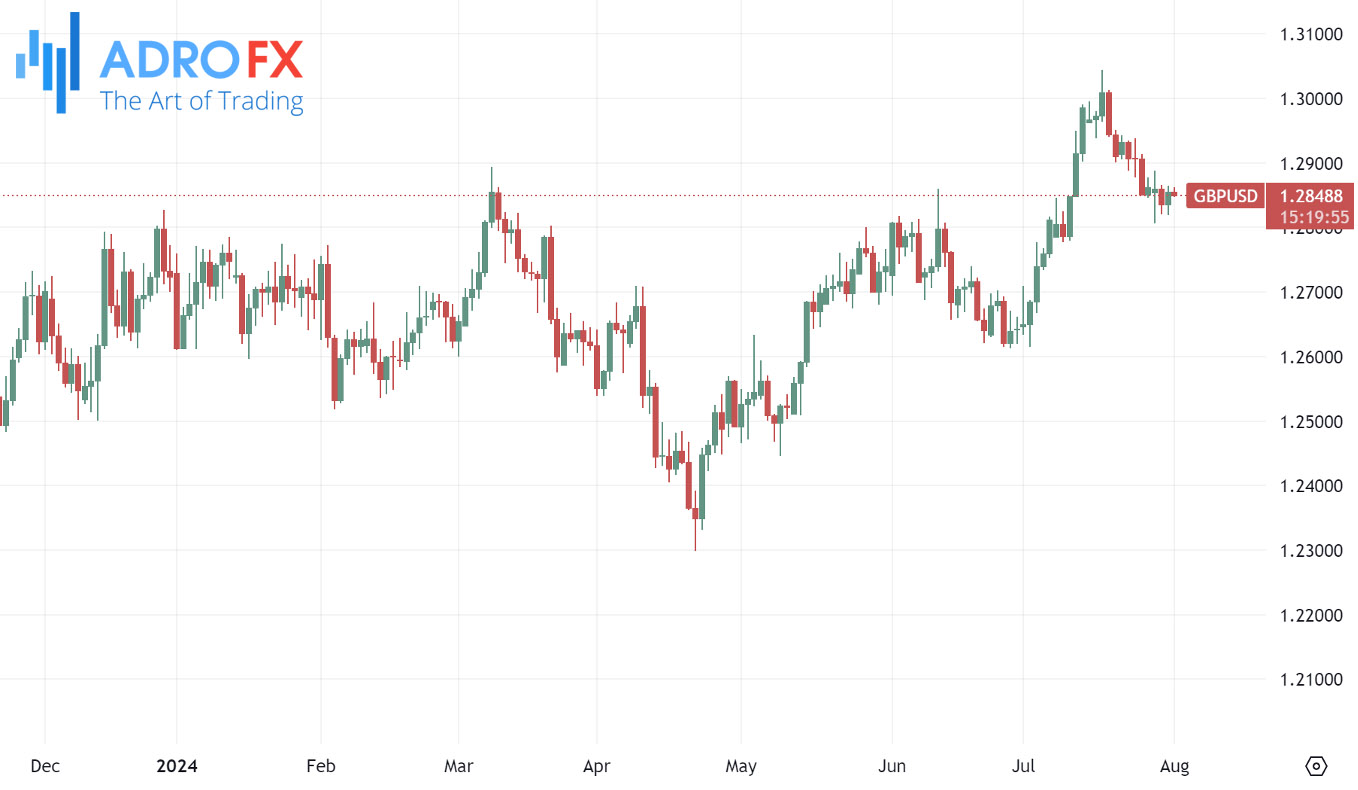
Indications of easing inflationary pressures globally have fueled speculation that the UK central bank might cut interest rates later today. Financial markets are pricing in over a 65% chance that the BoE will reduce rates from a 16-year high of 5.25%, with one more quarter-point cut expected before the end of the year. This has created headwinds for the British Pound and the GBP/USD pair.
However, investors remain uncertain about immediate action from the BoE, as services inflation in the UK remains persistently high. This uncertainty has resulted in subdued range-bound trading for the GBP/USD pair. The focus will remain on the accompanying monetary policy statement and BoE Governor Andrew Bailey's comments at the post-meeting press conference.
Traders will also seek additional guidance from upcoming US economic data, including the ISM Manufacturing PMI and weekly Initial Jobless Claims, set to be released later on Thursday.
